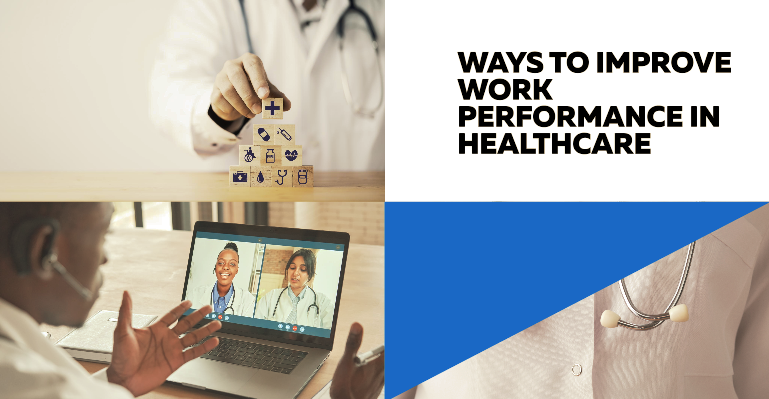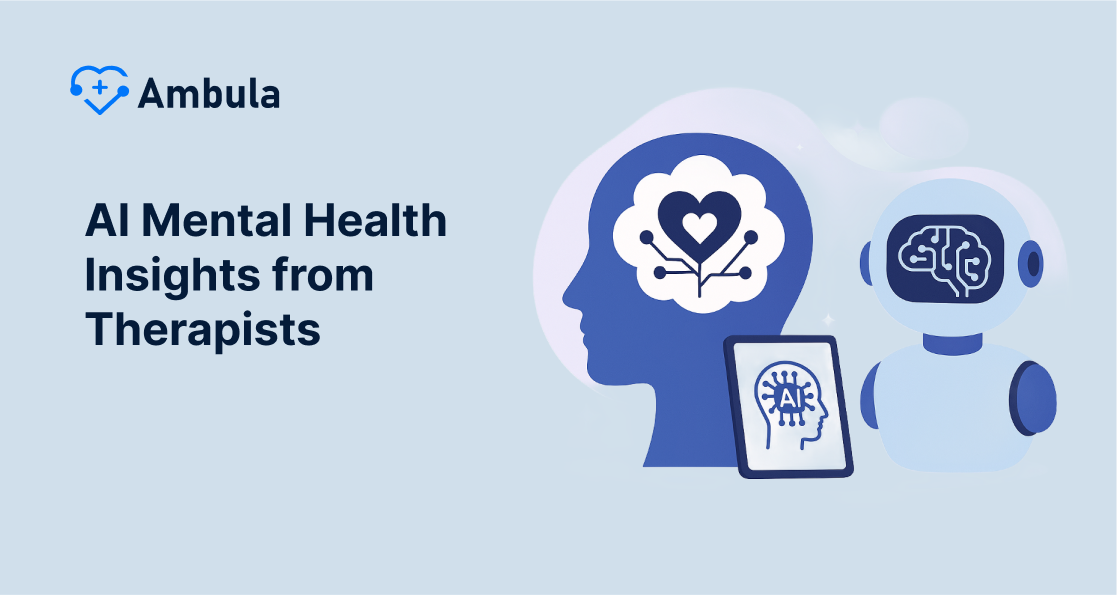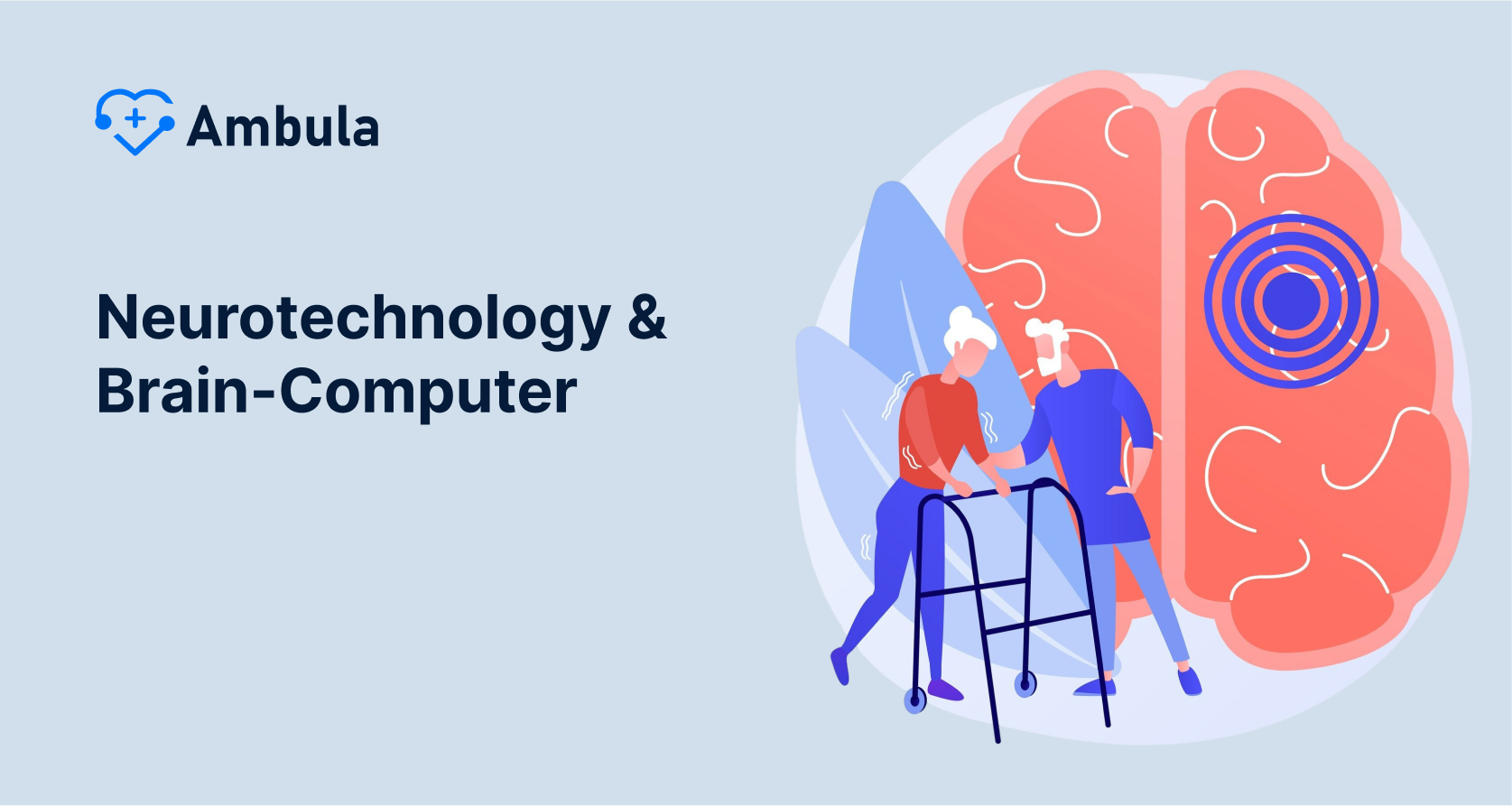
The healthcare sector, constantly facing the challenge of improving quality and patient experience, must pursue harmonizing technological advancement, patient engagement, staff training, and care quality. This article offers insights into diverse strategies to enhance work performance in this healthcare sector.
The Need for Robust Healthcare Staff Training
Healthcare staff training is an integral part of an effective strategy to improve work performance in healthcare. By providing staff members with regular training and professional development opportunities, healthcare facilities can help ensure a high standard of care quality for their patients.
Staff training can cover many topics, from professional etiquette and medical procedures to navigating and leveraging technological advancements such as EMR systems. Moreover, specific training in communication and empathy can result in better patient-staff interactions, thus enhancing patient engagement. In this era of evolving specialization, continuous learning should become a hallmark for every healthcare professional.
Leveraging Technology in Healthcare
Technology has brought about sweeping changes in various sectors, and healthcare is no exception. Electronic Medical Records (EMR) stand out amongst these technological advancements with significant potential to enhance work efficiency. EMR training has become necessary for healthcare providers, support staff, and administrators. EMR simplifies record-keeping and provides an efficient, error-free method of managing patient data. So, ongoing EMR training can significantly improve work performance in healthcare settings by speeding up routine processes.
On the other hand, several innovative healthcare technologies like telemedicine platforms, remote patient monitoring systems, and AI-powered diagnostic tools are emerging. Embracing such disruptive technologies can eliminate geographical barriers to care, allow early detection and treatment, and ultimately improve care quality. Thus, adopting, adapting, and training staff in cutting-edge technology is key to a performance surge in healthcare.
Enhancing Patient Engagement
Increased patient engagement is a crucial component and representative sign of high-quality healthcare. Patient engagement extends to all interactions, from consultations and treatments to post-care, acting as a driver for work improvement.
The introduction of technology in healthcare has opened new avenues for engaging patients more effectively. From mobile applications to virtual consultations, technology has made healthcare more accessible and relatable for patients. This improved accessibility fosters increased patient engagement, directly leading to performance optimization as patient satisfaction becomes a core metric.
Further, healthcare staff should be trained to convey health-related knowledge comprehensively to patients. This empowerment of patients can increase their involvement in care decisions and adherence to treatment plans, ultimately improving care outcomes.
Digital Health Literacy
Digital Health Literacy is a relatively new but essential concept in the healthcare industry. As technology in healthcare becomes ever more prevalent, it is important that both healthcare staff and patients possess navigation skills in digital health resources. This includes the ability to access, understand, evaluate, and apply health information from electronic sources to address or solve health problems. Boosting digital health literacy through comprehensive healthcare staff training programs can optimize technological utility, improving care quality. Similarly, patients with enhanced digital health literacy are more likely to understand their health conditions and take charge of their health, thus augmenting patient engagement.
Implementing a Proactive Approach
Taking a proactive approach implies forecasting potential challenges and preparing in advance to address them. Its application in healthcare can greatly enhance work performance. For instance, regular technical upgrades, preventive maintenance, and EMR training sessions can prevent breakdowns in healthcare delivery due to technological hitches. Emphasizing preventive healthcare measures and early disease detection can also reduce the burden on healthcare staff and increase patient engagement by ensuring their active participation in maintaining good health.
Fostering a Positive Work Environment
The work environment plays a vital role in staff productivity and patient satisfaction, directly contributing to overall work performance in healthcare. Creating a positive work environment embraces promoting staff welfare, mutual respect, and team collaboration. Encouraging open communication, acknowledging achievements, providing constructive feedback, and ensuring work-life balance can significantly improve morale and productivity. Happy and motivated staff are more likely to provide high-quality care, which can increase patient engagement and satisfaction.
Emphasizing Continual Quality Improvement
Continual Quality Improvement (CQI) is a commitment to constantly improving the quality of care and the working practices within a healthcare setting. CQI involves routinely assessing and revising protocols and procedures to guarantee that care quality remains at its peak. This approach necessitates regular healthcare staff training and continuous assessment of technological tools like EMR; hence, it goes hand in hand with improving work performance. By adopting CQI, healthcare professionals will always be in quest of better techniques and knowledge, resulting in heightened work performance.
Implementing these strategies concurrently would inevitably lead to improved performance within the healthcare sector. The strategies involve making the most out of technology advancements, ensuring active patient participation, continuously training and supporting the healthcare staff, and never ceasing the quest for quality improvement in care delivery.
Conclusion
In conclusion, improving work performance in healthcare is a complex task that requires a combination of several strategies, including technology adoption, patient engagement, and ongoing staff training. When these strategies are appropriately deployed, the result is assuredly an enhancement in the care quality and overall performance of the healthcare facility.




